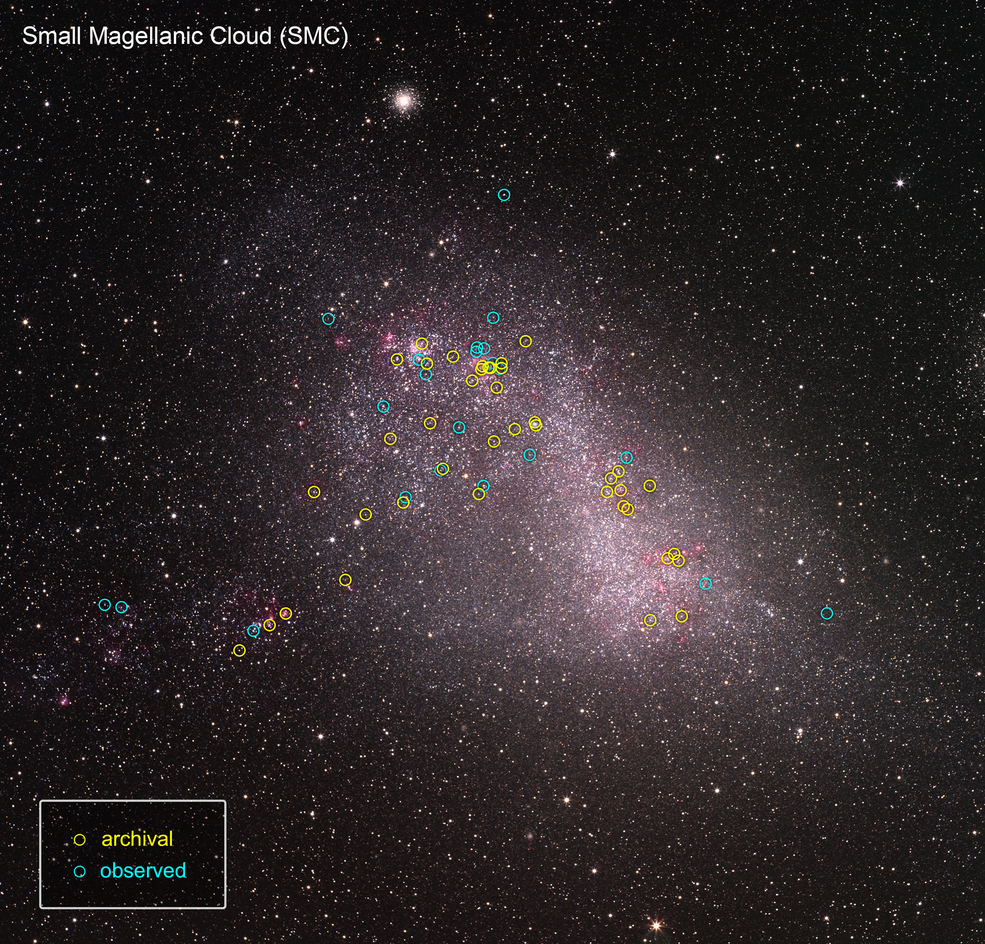哈勃望远镜启动了对附近恒星的大型紫外线探测
如果没有恒星,宇宙将是一个非常无聊的地方。如果没有它们,宇宙将仍然是一个来自大爆炸的氢和氦的弥散等离子体。 作为宇宙的基本组成部分,恒星核聚变炉锻造出新的重元素,丰富它们的母体星系。来自恒星的辐射能可能在最适宜的行星上孕育生命,就像在地球上一样。 为了更好地了解恒星和恒星演化,位于马里兰州巴尔的摩的太空望远镜科学研究所(STScI)与美国宇航局的哈勃太空望远镜启动了一项雄心勃勃的新计划,名为ULLYSES(UV Legacy Library of Young star,作为基本标准的年轻恒星紫外线遗产库)。 这是大麦哲伦星云(LMC)的地面望远镜照片,该星云是我们银河系的卫星星系。该星系是美国 […]




